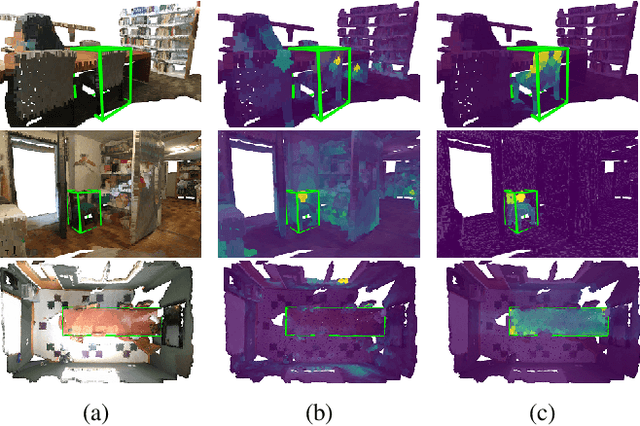Yichao Shen
COLE: A Hierarchical Generation Framework for Graphic Design
Nov 28, 2023Abstract:Graphic design, which has been evolving since the 15th century, plays a crucial role in advertising. The creation of high-quality designs demands creativity, innovation, and lateral thinking. This intricate task involves understanding the objective, crafting visual elements such as the background, decoration, font, color, and shape, formulating diverse professional layouts, and adhering to fundamental visual design principles. In this paper, we introduce COLE, a hierarchical generation framework designed to comprehensively address these challenges. This COLE system can transform a straightforward intention prompt into a high-quality graphic design, while also supporting flexible editing based on user input. Examples of such input might include directives like ``design a poster for Hisaishi's concert.'' The key insight is to dissect the complex task of text-to-design generation into a hierarchy of simpler sub-tasks, each addressed by specialized models working collaboratively. The results from these models are then consolidated to produce a cohesive final output. Our hierarchical task decomposition can streamline the complex process and significantly enhance generation reliability. Our COLE system consists of multiple fine-tuned Large Language Models (LLMs), Large Multimodal Models (LMMs), and Diffusion Models (DMs), each specifically tailored for a design-aware text or image generation task. Furthermore, we construct the DESIGNERINTENTION benchmark to highlight the superiority of our COLE over existing methods in generating high-quality graphic designs from user intent. We perceive our COLE as an important step towards addressing more complex visual design generation tasks in the future.
V-DETR: DETR with Vertex Relative Position Encoding for 3D Object Detection
Aug 08, 2023



Abstract:We introduce a highly performant 3D object detector for point clouds using the DETR framework. The prior attempts all end up with suboptimal results because they fail to learn accurate inductive biases from the limited scale of training data. In particular, the queries often attend to points that are far away from the target objects, violating the locality principle in object detection. To address the limitation, we introduce a novel 3D Vertex Relative Position Encoding (3DV-RPE) method which computes position encoding for each point based on its relative position to the 3D boxes predicted by the queries in each decoder layer, thus providing clear information to guide the model to focus on points near the objects, in accordance with the principle of locality. In addition, we systematically improve the pipeline from various aspects such as data normalization based on our understanding of the task. We show exceptional results on the challenging ScanNetV2 benchmark, achieving significant improvements over the previous 3DETR in $\rm{AP}_{25}$/$\rm{AP}_{50}$ from 65.0\%/47.0\% to 77.8\%/66.0\%, respectively. In addition, our method sets a new record on ScanNetV2 and SUN RGB-D datasets.Code will be released at http://github.com/yichaoshen-MS/V-DETR.
 Add to Chrome
Add to Chrome Add to Firefox
Add to Firefox Add to Edge
Add to Edge